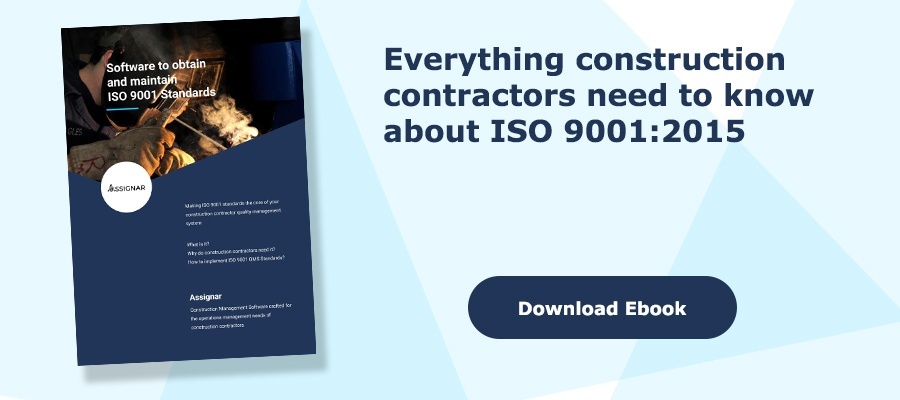Complexities of ISO 9001 Implementation and Certification
Implementation of a certified ISO 9001-based quality management system (QMS) can be complex if not overwhelming. Even the mere startup process confuses many people. But don’t get frustrated. The following step-by-step guide simplifies the task and helps ensure that you do not miss importation components for certification.
13 Steps To Ensure Efficient Implementation & Certification Of ISO 9001 QMS
1) Management-Based Backbone – Start by selling company management on the benefits of ISO 9001 certification. Unless the backbone resides in the authority of upper management, your goals will not succeed.
2) Established Requirements – Every successful project meets a set of specific requirements. Analyze the QMS fit to customer requirements, your company culture, and the ISO 9001 certification process.
3) Defined Focus – Craft a company-wide quality policy that clearly defines the departmental purpose and focus of your ISO 9001 QMS.
4) Establish Precise Procedures of Operation – From mandatory ISO 9001 standards to company-specific processes, establish clear instructions on how you will meet QMS goals.
5) Implement The Application – To be effective, established QMS procedures must become applied actions. Documentation ensures compliance, but compliance should also become an applied mindset.
6) Awareness and Training – Team players ensure a successful QMS program. Although employees need not train in aspects outside the range of their specific work requirements, every member of your organization should know the purpose and the how-to of ISO 9001 implementation and certification.
7) Establish External Certification Confirmation – Effective implementation of ISO 9001 compliance requires the involvement of external certification assurance. This is the external certification body that will audit your QMS compliance to existing ISO 9001 requirements.
8) Crank Up & QMS Measurement – Audits can only occur after a time of crank up and QMS measurement. Collect the records. Examine the processes. Confirm effective QMS operations. And then, contact the established external certification body to establish the reality of ISO 9001 compliance.
9) Routine Internal Audits – The burden of compliance lands squarely on the shoulders of your internal QMS audit team. Unless you learn how to measure the effect and efficiency of your working quality system, how to correct faulty processes, and how to run routine internal audits, the services of an external compliance body proves of little finite value.
10) Routine Managerial Reviews – Successful implementation and certification of your ISO 9001 program requires hands-on review by the managerial backbone of the company. Make certain that company leadership accesses and review the processes and the associated accumulated data that drives your QMS program.
11) Responsive Corrective Procedures – To be effective and to remain ISO 9001 compliant, a functional QMS must establish methods of tracking, measuring, auditing and reviewing ongoing quality processes. Deficiencies in products and/or services must be addressed and corrected in a quick and efficient manner.
12) Stage 1 certification audit – The certification body arrives for first audit. The associated report will identify points of complications, problems and failures.
13) Main Audit, Stage 2 Certification – Records have accumulated. Corrections are completed. The certification body auditors arrive for the Stage 2 Certification Audit. If all goes well, your company will be confirmed ISO 9001 compliant.
Assignar Workforce and Asset Allocation and Planning
Successful implementation and certification of your ISO 9001 QMS demands great planning, focused responses, and effective management of all associated documentation. Improve compliance with alerts, reminders and total management of QMS documentation. Take the Assignar free trial today. We help you automate compliance requirements for ISO 9001, ISO 14001 and AS/NZS 4801 standards.






